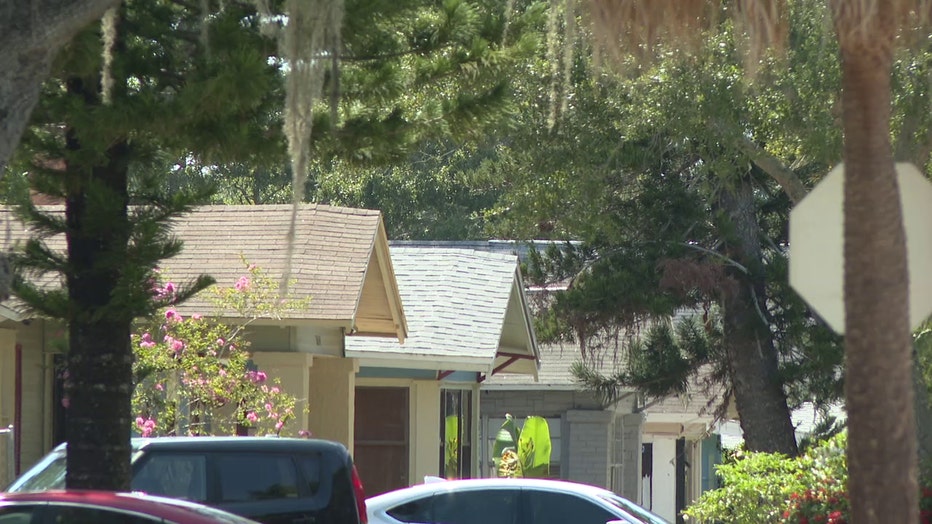St. Pete receives $2.5M from grant program to remove lead hazards from homes
ST. PETERSBURG, Fla. - Lead-based paint is especially dangerous for children, and can cause damage to their brains and nervous systems. There’s a lot of lead paint in older homes in South St. Petersburg, city officials said.
The United States Department of Housing and Urban Development recently awarded the City of St. Pete $2.5 million to remove lead hazards from homes. It’s the only city in the state to get the grant, and one of 36 state and local government agencies in 19 states that were awarded part of nearly $140 million from HUD’s new Lead Hazard Reduction Capacity Building grant program.
"This is a fantastic opportunity for the city and the residents of the city, especially for the residents living within the South Community Redevelopment Area," Dr. Avery Slyker, assistant director for Housing and Community Development for St. Pete, said.
READ: St. Pete SunRunner passengers to pay fare after complaints of homeless riders
According to Dr. Slyker, 24% of the homes in the South Community Redevelopment Area (CRA) in South St. Pete were built before 1940, which is about 2,200 homes. An additional 24% were built before 1978, which is about 16,357 homes.
High percentages of homes built in those eras used lead-based paint. According to the EPA’s Environmental Justice council, South St. Pete is in the first 90 to 100th percentile when it comes to risk for lead paint poisoning exposure for kids from zero to six years old.
"All families deserve to live in healthy and safe environments in their own homes," St. Pete Mayor Ken Welch said. "Unfortunately, lead-based paint continues to remain a serious safety issue, particularly in older homes that tend to be the most affordable for some residents of our community. I'm proud of the work we've already done to address lead hazards in our community, and grateful that this funding will ensure this important work continues."
Dr. Slyker said more than 12,000 families in the South CRA make significantly less than the area median income.

MORE: St. Pete fire chief reinstated after allegations of bullying, discrimination
"We're talking about removing lead and making homes healthy and safe. It can be costly," she said. "When you have that many homes living within that poverty range, well, within that lower income range I should say, that could be very taxing on a family and on a home. And so, I'm thrilled that the city is going to have this opportunity to help alleviate that risk."
Dr. Slyker said they’re using the money for education and outreach about the dangers of lead paint, identifying homes that need help and training in the first year.
"I think that we have the need and that that's what HUD saw was the need and how great this program was going to be," she said. "Because in addition to addressing and trying to eliminate and reduce childhood exposure and lead poisoning within children, we encompass the workforce development piece, and that we really do want to train those that are living here to help those that are living here."
Dr. Slyker said they’re going to train people with contracting and construction backgrounds who live in South St. Pete how to safely remove lead hazards.
"We don't have many trained contractors under the city for safety led abatement," she said. "Our staff is trained within the housing department, but the need is greater. And so, therefore, we need to build that capacity up. And I'm very excited to be working with workforce development partners across the city."
They’ll pay for the training and certification, she said. Next year into 2025 they’ll start the removal process. Dr. Slyker said they hope to target 20 to 24 homes.
The grant runs through 2026. The program starts November first. Dr. Slyker said they hope to apply for more HUD funding that would be used to remove lead paint hazards across the city in the future.

